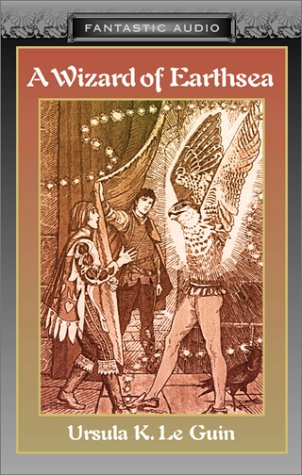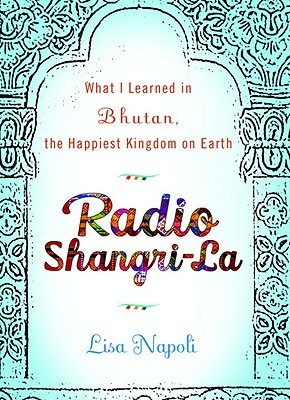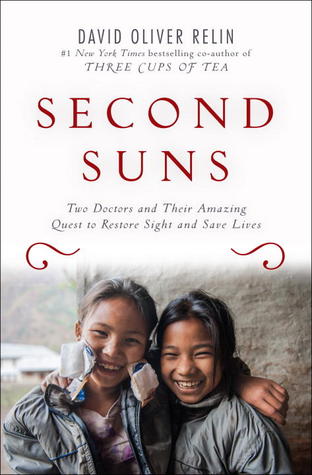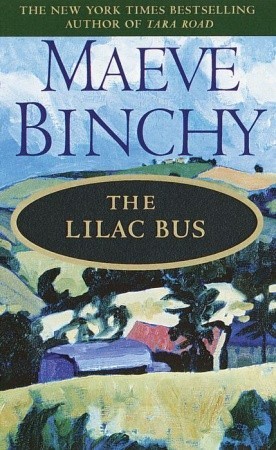 This memoir combines both running and writing; two subjects that I'm definitely interested in. And Murakami is apparently a well known author, although this is the first I've read of his works. And I can see why, it was interesting and well written.
This memoir combines both running and writing; two subjects that I'm definitely interested in. And Murakami is apparently a well known author, although this is the first I've read of his works. And I can see why, it was interesting and well written.Murakami was running a jazz bar and in college when he first got the notion to run. And it stuck. And then he decided to sell the jazz bar and take up writing. And that stuck too. From then on it was a passion that would spread over decades for him, although lagging at times when he developed other interests. And running is weaved with writing for him so that both have a place in his life. Although triathlons are taking hold now as well.
This is a translated work, but I think it was done very well. Murakami has a nice approachable voice to his writing and while he doesn't really describe anyone but himself in this book (it is a memoir after all), the few that he does are approached kindly and with positive attributes highlighted. For himself, he does show all his strengths and weaknesses. He isn't shy about sharing his success in writing, but nor is he shy about showing his less than stellar run times and goals that he didn't make. It shows him as a very balanced person.
The running is what really interested me in this book. In fact, Murakami does such a good job of describing running and its effects on the mind and body that it made me feel rather guilty that I haven't been running lately, but blamed it on moving and work and other things in my life. In fact, if I hadn't already packed my running clothes, I probably would be out there right now the book inspired me so much. And I liked the way he tied it in with writing. This book was actually written in short little pieces and then combined together, but the transition was easy and you'd never know it started out that way if he hadn't of told you. And it was a quick read so it never had a chance to get boring either. I did think that maybe this book would offer some tips on how to cure my short attention span while running, but Murakami just says that most runners don't always want to run and you can feel that way sometimes. It apparently is more natural for him and while he does admit that he thinks about all sorts of things when he runs, he is never very precise because he says his thoughts are never very precise. Not feeling that way when I run, it is hard to relate in a way.
But regardless, that fault lies with me, not him. And this was a very good book to read, although maybe a bit limited in audience. I don't really see non-runners getting into this book, but that's ok. For those of us who want to run, it's there for inspiration.
What I Talk About When I Talk About Running
Copyright 2008
174 pages













